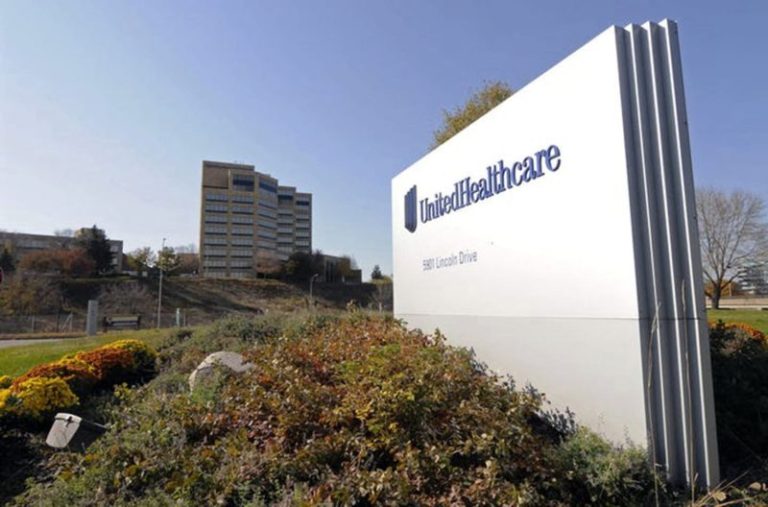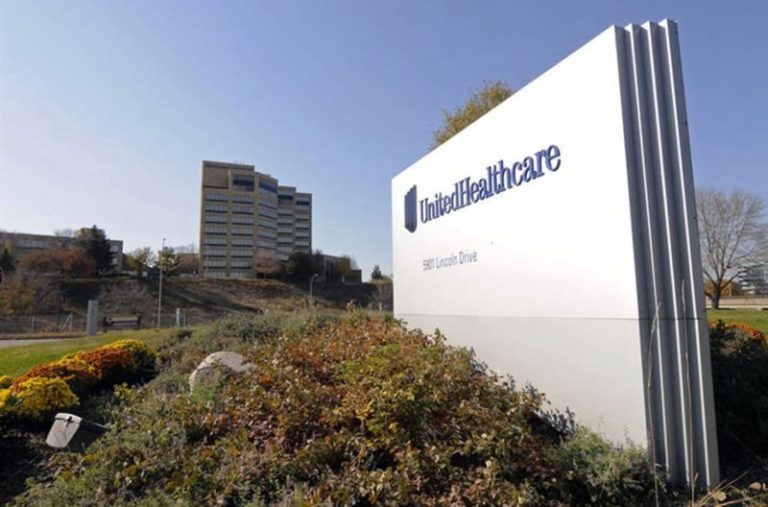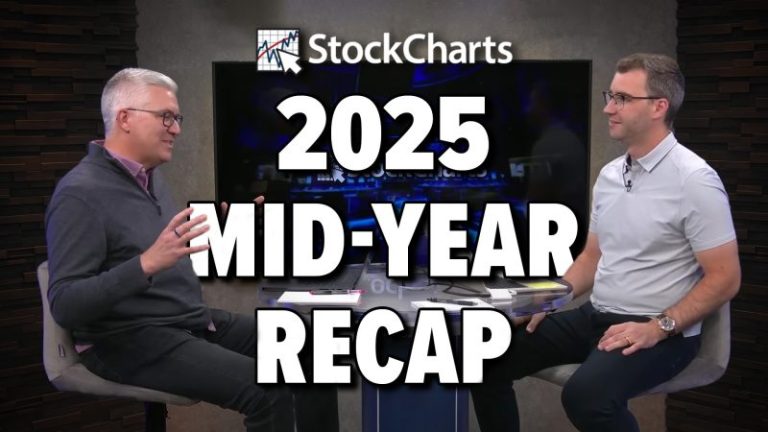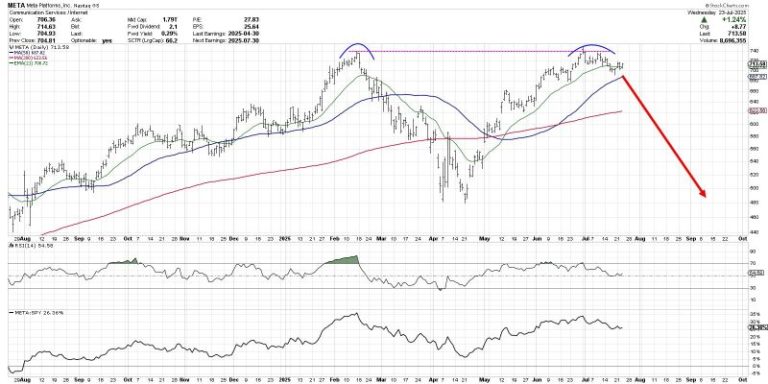Writing in the New York Times on Monday, longtime Democratic political strategist James Carville outlined a compelling message for Democrats to unite around ahead of the 2026 midterms.
Carville urged Democrats to delay the ‘civil war’ that will eventually erupt between the party’s moderate and progressive wings, and to coalesce around a single ‘oppositional message’ focused entirely on repealing President Donald Trump’s agenda.
With all due respect to Mr. Carville, his myopic focus on a strategy of resisting Trump above all else is simply too narrow to be truly effective.
Put another way, a Democratic agenda built entirely around repealing the Republican agenda may be enough for 2026, but it falls far short of what Democrats must do if they hope to take back the White House in 2028.
Indeed, nowhere in the Times piece is any description of actual policies that Democrats should advance as an alternative to what Republicans are offering, either next year or in three years.
There are no calls for an entirely new economic agenda, one that replaces Democrats’ tendency for profligate spending with a more fiscally conservative plan focused on managing the debt while also protecting the social safety net.
In many ways, Democrats today should look to former President Bill Clinton, who was able to reduce the debt, leave a budget surplus and still protect vital social programs.
Moreover, the word ‘immigration’ is not even mentioned.
This comes despite 2024 election polling showing that immigration was a top issue for voters, and exit polls showing voters trusted Trump over former Vice President Kamala Harris by a 16-point margin (52% to 36%), per Fox News.
To that end, if Democrats hope to take back more than just one chamber of Congress, the party needs an agenda that prioritizes securing the border, combined with a pathway to citizenship for legal migrants and Dreamers.
And, while I do agree with Mr. Carville that the midterms will be decided based on kitchen table issues rather than foreign policy, that does not mean Democrats can afford to ignore this issue.
As a party, Democrats must advance an agenda that positively asserts democratic values at home and abroad.
This entails rejecting the belief of the far left – and increasingly the far right – that any use of American power is inherently bad.
To be sure, formulating an entirely new Democratic agenda takes time. And it will require the emergence of moderate candidates at a time when Zohran Mamdani’s win in New York City has energized the progressive wing of the party.
Nevertheless, as the 2024 election made clear, Democrats cannot afford to run from the center toward the far left. What the party needs is a candidate who can win, not one chosen because they passed progressives’ ideological purity test.
Interestingly, Carville cites former President Clinton as a figure who emerged as Democrats’ ‘savior’ in 1992.
But Clinton was able to do so because, at a time when the party was moving further to the left, Clinton dragged the party toward the middle on the economy and crime.
Finally, the crux of Carville’s message – ‘we demand a repeal’ of Trump’s agenda – overlooks the core factor behind who Americans cast a vote for.
Voters choose candidates who have plans and policies that will improve their lives.
Slogans, no matter how catchy, may work for the midterms, but if Democrats then fail to deliver actual change between 2026 and 2028, its unlikely voters will trust them.
Quite simply, voters want a strong economy, safe streets, a government that is not excessively bloated and secure borders, not candidates whose only agenda is resisting the president.
Now, this is not to say that the agenda outlined by Carville will not be successful next year – it very well may.
Rather, it is to point out that even if it helps Democrats reclaim the House of Representatives, it will not be enough to take back the White House in 2028.
For that, the party needs to advance its own agenda, one that addresses the above issues and actually provides a real, viable alternative to the Trump-GOP agenda.









